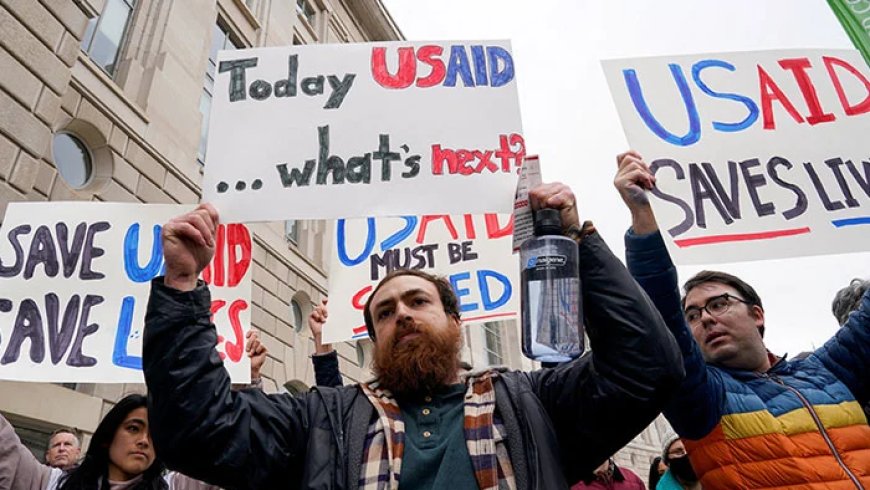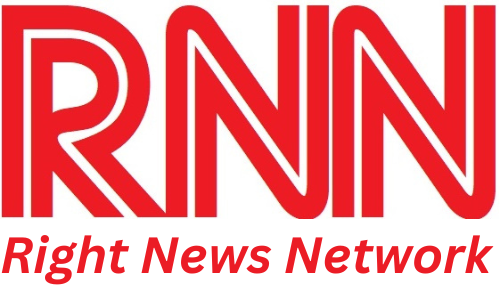Explainer: What’s behind Trump's push to overhaul USAID?

1. USAID administers some 60% of US foreign assistance and disbursed $43.79bn in fiscal 2023
Trump Plans to Merge USAID into State Department Amid Major Shake-Up
WASHINGTON: U.S. President Donald Trump is moving forward with plans to merge the United States Agency for International Development (USAID) into the State Department as part of a broader restructuring aimed at cutting staff and aligning aid spending with his "America First" policy.
Elon Musk, the billionaire entrepreneur leading Trump’s efforts to downsize the federal government, has been tasked with overseeing the transition. On Sunday, Trump criticized USAID, stating it had been "run by a bunch of radical lunatics" and vowed to remove them. Musk went further, calling USAID "a criminal organization" and declaring, "It’s time for it to die," without providing any supporting evidence.
What is USAID and How is it Funded?
Founded in 1961 by Democratic President John F. Kennedy at the height of the Cold War, USAID was created to coordinate U.S. foreign assistance, which played a crucial role in countering Soviet influence.
Today, USAID administers about 60% of U.S. foreign aid, distributing $43.79 billion in fiscal year 2023. A recent Congressional Research Service (CRS) report states that USAID employs around 10,000 personnel—two-thirds of whom are stationed overseas—and provides assistance to approximately 130 countries. The agency operates on funding allocated by Congress based on administration requests.
According to CRS, USAID focuses on supporting strategically significant nations, conflict-affected regions, poverty alleviation, disease prevention, humanitarian relief, and economic development. Its work also benefits U.S. commercial interests by fostering economic growth and integrating developing nations into global trade.
The top recipients of USAID funding in 2023 included Ukraine, Ethiopia, Jordan, the Democratic Republic of Congo, Somalia, Yemen, Afghanistan, Nigeria, South Sudan, and Syria.
How Does U.S. Foreign Aid Compare Globally?
In fiscal 2023, the U.S. disbursed $72 billion in global aid, accounting for roughly 42% of all humanitarian assistance tracked by the United Nations in 2024. These funds supported various initiatives, including women’s health in conflict zones, clean water access, HIV/AIDS treatment, energy security, and anti-corruption measures.
Historically, U.S. aid spending has fluctuated. A Brookings Institution report from September noted that aid spending stood at approximately 0.33% of GDP in recent years. It peaked at 3% of GDP in the 1950s during the Marshall Plan, which helped rebuild post-war Europe. During the Cold War, aid levels ranged from 1% to just under 0.5% of GDP.
Although the U.S. provides more official government aid than any other nation, its contributions as a percentage of national income ranked among the lowest of wealthy countries in 2020, according to the Organisation for Economic Co-operation and Development (OECD).
In 2023, Norway led with aid contributions equating to 1.09% of its gross national income, while the U.S. lagged behind at 0.24%, alongside Slovenia, the Czech Republic, and Spain.
Is Support for Foreign Aid Bipartisan?
Historically, Democratic administrations and lawmakers have been more supportive of foreign aid than their Republican counterparts. However, every U.S. president since World War II—except for Trump—has strongly backed international assistance.
Efforts by Trump’s first administration to cut the U.S. foreign affairs budget by one-third were rejected by Congress. Similarly, attempts to delay consideration of supplemental foreign aid legislation in 2024 failed. In June, a bipartisan vote in the Republican-controlled House of Representatives saw 80% of lawmakers reject an amendment that would have eliminated foreign aid from the fiscal 2025 budget.
Who Has Led USAID?
During former President Joe Biden’s tenure, USAID was led by Samantha Power, an Irish-American diplomat and former U.N. ambassador under Barack Obama. Under Power’s leadership, USAID prioritized combating climate change, countering authoritarianism, and promoting inclusive economic growth.
In a recent interview, Power emphasized USAID’s role in advancing U.S. soft power. She pointed to increasing propaganda from China and Russia against USAID as evidence of its impact on global affairs.
Trump’s Opposition and Potential Impact
On January 20, Trump issued an executive order halting most foreign aid for 90 days, arguing that the U.S. “foreign aid industry and bureaucracy are not aligned with American interests” and, in some cases, work against U.S. values. The order claimed that foreign aid programs "destabilize world peace" by promoting ideas that conflict with the internal stability of recipient nations.
A memo from Trump’s administration urged USAID employees to support the restructuring effort, warning of disciplinary action for noncompliance.
The proposed changes have sparked concerns among humanitarian organizations and U.N. agencies, which fear severe disruptions to food, shelter, and healthcare distribution in crisis zones—from refugee camps in Thailand to war-torn areas in Ukraine.
A source familiar with USAID’s operations suggested that merging it into the State Department would be a significant shift. Historically, USAID has been able to provide humanitarian aid to nations without formal diplomatic ties to the U.S., including Iran and North Korea. This flexibility has, at times, helped establish diplomatic openings. The source warned that integrating USAID fully into the State Department could eliminate this independent humanitarian function, making aid distribution more politically driven.


















































